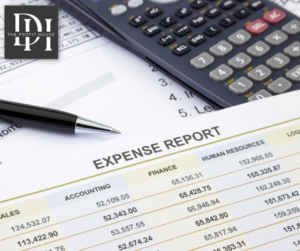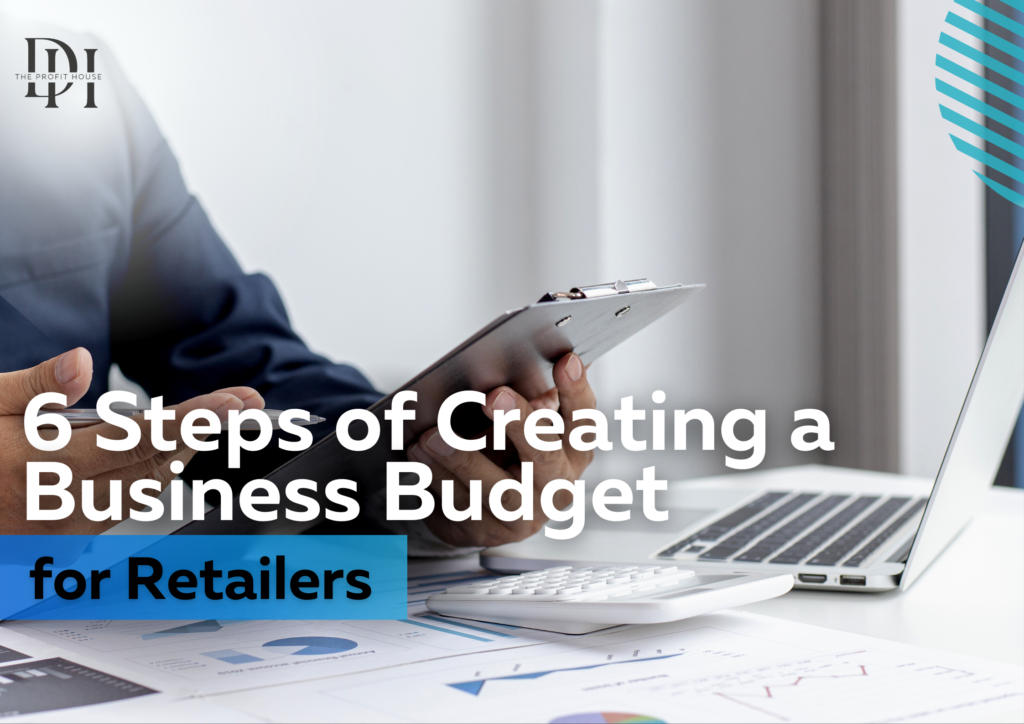If you’re a retailer, it’s important to create and stick to a business budget. Without a budget, you’ll end up overspending, having terrible margins, and not making much money. These steps will help keep your spending in check and ensure that you’re making money.
Determine Your Product and Target Market
 This is the first decision that you have to make. If your product is not correct, your business will likely fail. It must be something that your target market needs. Determining your product is essential for creating an accurate budget. Without a clear understanding of what you’re selling, it’s impossible to estimate costs and set realistic financial goals. In addition, this step will help you communicate more effectively with potential customers and partners. When you know exactly what you’re selling, it’s much easier to sell others on your vision. So whether you’re getting started or already growing your business, having the right product is a major key to success.
This is the first decision that you have to make. If your product is not correct, your business will likely fail. It must be something that your target market needs. Determining your product is essential for creating an accurate budget. Without a clear understanding of what you’re selling, it’s impossible to estimate costs and set realistic financial goals. In addition, this step will help you communicate more effectively with potential customers and partners. When you know exactly what you’re selling, it’s much easier to sell others on your vision. So whether you’re getting started or already growing your business, having the right product is a major key to success.
Determine Your Costs
As a general rule, costs fall into one of three categories: startup costs, operational costs, and growth costs. Startup costs are one-time expenses associated with getting your business up and running, such as registering for a business license, beginning inventory or creating a website. Operational costs are ongoing expenses that you need to budget for on a monthly or yearly basis, such as rent, payroll, and utilities. Growth costs are investments that you make in order to scale your business, like opening new locations. By understanding your costs, you will know how much you need to bring in each month to cover your expenses. This information can be used to create a budget for your business, which will allow you to track your progress and ensure that you are on the right side of the road. Additionally, knowing your costs is necessary to price your products or services accurately and make informed decisions about where to allocate your resources.
Determine Your Price Point
 One of the most important aspects of budgeting for a business is determining the right price point for products and services. If prices are too high, customers will be hesitant to make a purchase. On the other hand, if prices are too low, you may not cover your own costs, and your product could be looked at as cheap, in a negative way. By carefully evaluating the competition and considering the unique needs of your customers, you will be able to identify a price point that works for your customers as well as your business.
One of the most important aspects of budgeting for a business is determining the right price point for products and services. If prices are too high, customers will be hesitant to make a purchase. On the other hand, if prices are too low, you may not cover your own costs, and your product could be looked at as cheap, in a negative way. By carefully evaluating the competition and considering the unique needs of your customers, you will be able to identify a price point that works for your customers as well as your business.
Determine Your Revenue
 This can be tricky for some business owners, as revenue can fluctuate from month to month. However, there are a few strategies you can use to get a clearer picture of your expected revenue. One method is to calculate your average monthly revenue over the course of a year. This will give you a good idea of the minimum amount of income you can expect in any given month. You should also look at your sales data from previous months or quarters to identify trends. This information can help you anticipate spikes or dips in revenue and adjust your budget accordingly. By taking the time to determine your revenue accurately, you can set yourself up for success in creating a budget that reflects your business’s needs.
This can be tricky for some business owners, as revenue can fluctuate from month to month. However, there are a few strategies you can use to get a clearer picture of your expected revenue. One method is to calculate your average monthly revenue over the course of a year. This will give you a good idea of the minimum amount of income you can expect in any given month. You should also look at your sales data from previous months or quarters to identify trends. This information can help you anticipate spikes or dips in revenue and adjust your budget accordingly. By taking the time to determine your revenue accurately, you can set yourself up for success in creating a budget that reflects your business’s needs.
Determine Your Expenses
 Determining your expenses is one of the most important steps in creating a budget. This is very true for business owners and retailers, who have to account for a wide variety of costs, from inventory and employee salaries to advertising and rent. By taking a close look at your spending, you can get a better sense of where your money is going and where you can cut back. This can help you save money and make wiser choices about how to allocate your resources. In short, determining your expenses is an essential part of budgeting, and it can ultimately help you save money and run your business more efficiently.
Determining your expenses is one of the most important steps in creating a budget. This is very true for business owners and retailers, who have to account for a wide variety of costs, from inventory and employee salaries to advertising and rent. By taking a close look at your spending, you can get a better sense of where your money is going and where you can cut back. This can help you save money and make wiser choices about how to allocate your resources. In short, determining your expenses is an essential part of budgeting, and it can ultimately help you save money and run your business more efficiently.
Adjust as Needed
Now that you have gathered all the information above, it is time for you to assess what you’ve discovered and set up your budget. By considering your product, price point, cost, revenue, and expenses, you will be able to create a budget that is enough for your business to stay afloat and also generate more income.
Creating a budget may be tricky and time-consuming, but it’s necessary if you want your business to succeed. If you’re looking for someone who can help put together your budget, our team of experts is here to help. Contact us now, book an appointment, and get started on creating a budget that will keep your spending in check and help you make money!
https://calendly.com/dhfinancial/the-profit-house-complimentary-consultation
References:
https://www.usi.edu/financial-success/basic-budgeting-skills/
https://www.firstunitedonline.com/wp-content/uploads/2015/10/BasicsBudgeting.pdf

